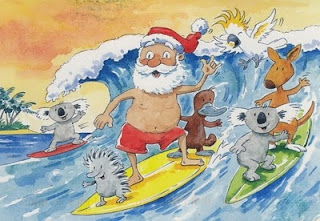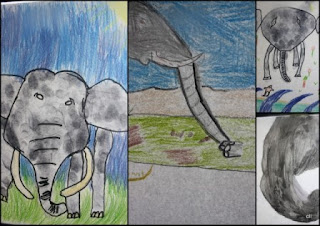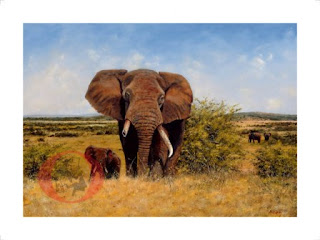Have you got all of your
Christmas presents organised?
Could you even imagine
giving just one more gift?
The thought may have sent shudders
down your spine...
brought you out in a sudden rash
or caused you to faint.
But, it’s possible.
There’s one more gift you could give...
And, it would cost nothing...
Well, maybe a little time.
I’m talking about the red stuff...
Blood
In Australia,
only one in 30 people donate blood...
and yet,
one in three Australians will need blood.
Some people need regular transfusions
and some people need blood
only after an operation or illness.
So...
Fit?
Healthy?
Aged between 16 and 70?
Weigh more than 45kg?
Ready to drink lots of fluid
the day before the donation – a
nd up to three glasses of water
on the day?
Willing to eat something
before donating blood?
Bring some ID...
Lay back and watch the red stuff
flow from you,
knowing that you could be saving a life.
You will need to give about
an hour of your time –
allowing for interview time
and the enjoyment of refreshments
as you sit back and rest.
The actual donation only takes
about 5 – 10 minutes.
Worried about needles –
don’t be...
all you’ll feel is a small pinch
on the inside of your elbow.
Your body is always discarding blood
and replenishing it,
whether you donate or not,
so you might as well donate blood!
After donating, your blood volume
is restored within 24-48 hours!
You’ll be ready to donate
again in 3 months!
Just because it’s Christmas, i
llnesses don’t go away.
Give the ultimate gift...
give blood.





























